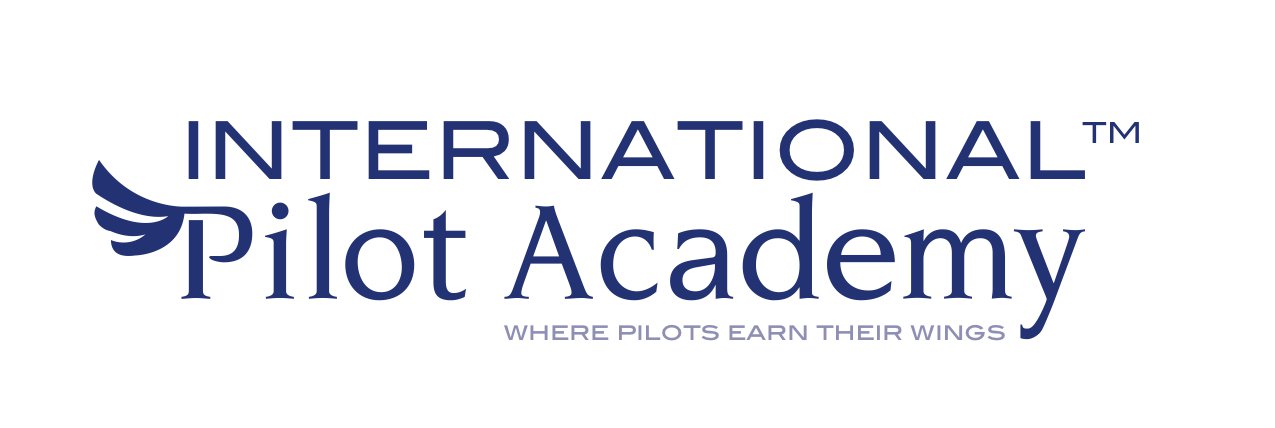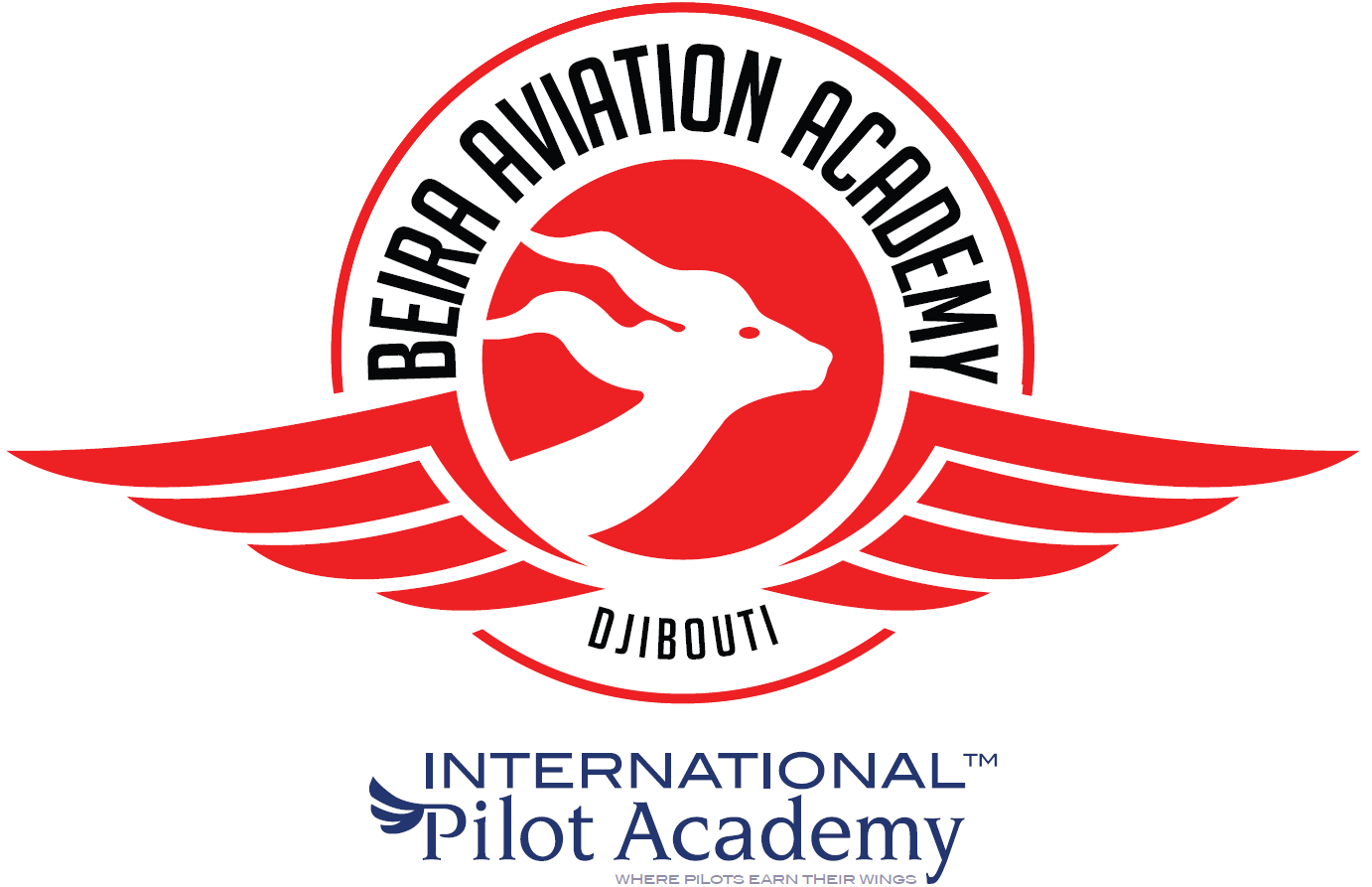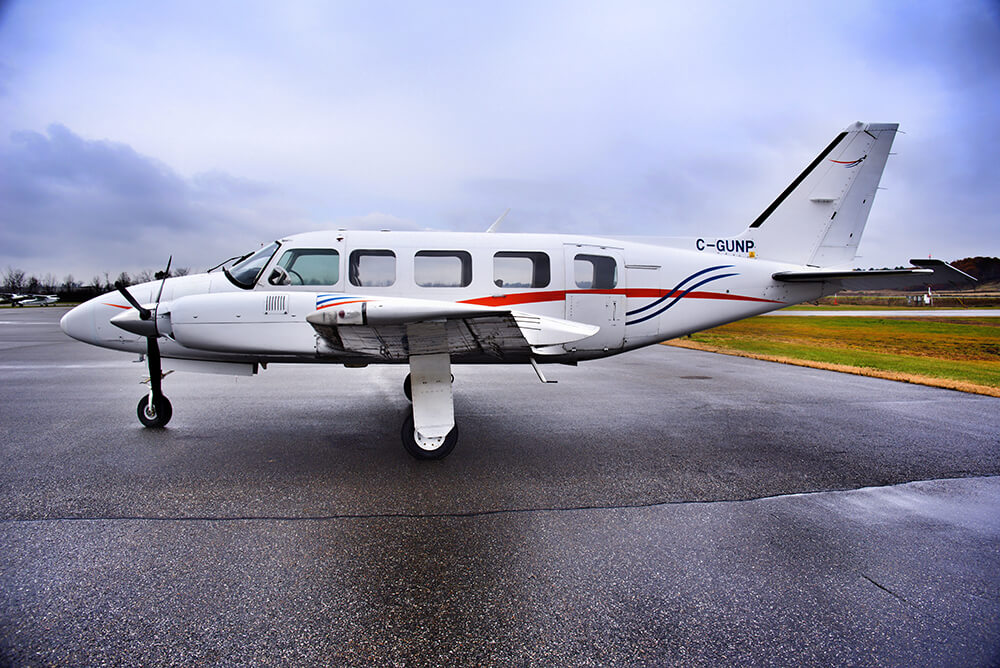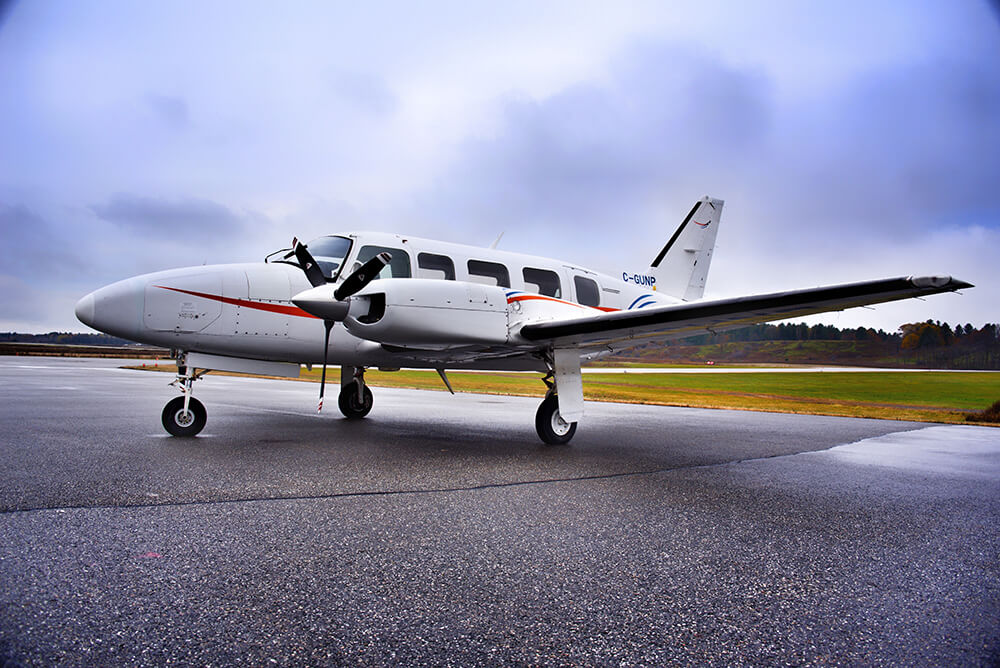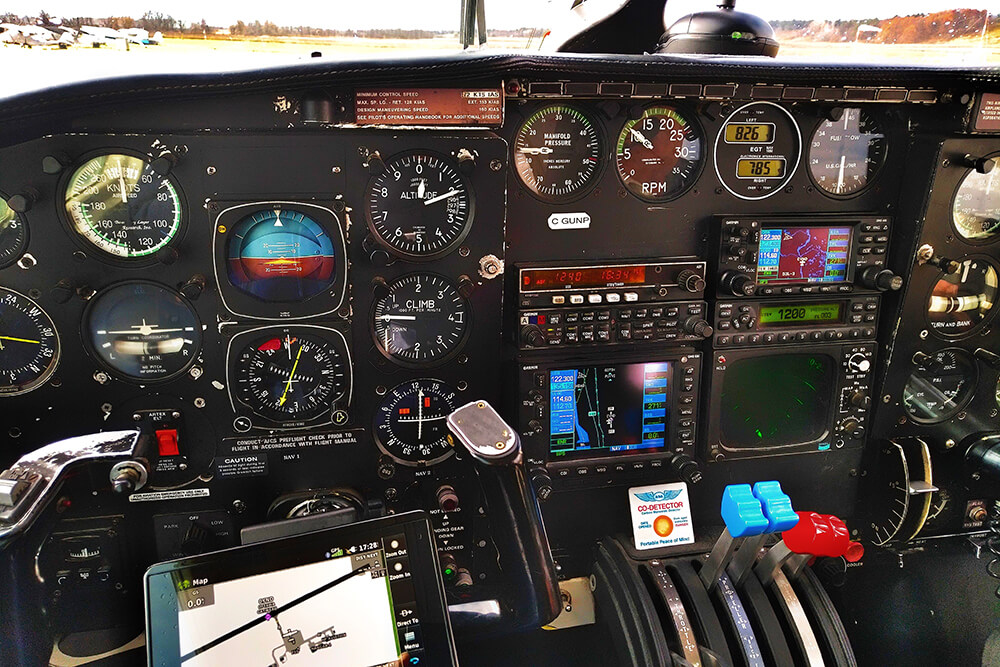International Pilot Academy
Introduces the Navajo PA-31 350 Chieftain
Take Your Training to New Heights with This Prestigious Aircraft
As the only flight school in the region to offer this type of aircraft, we are proud to provide elite training to ambitious, driven students.
The Piper PA-31 350 Navajo Chieftain is the perfect aircraft to prepare you for your career. If you dream of flying large airliners, this is the first step to help you master your training and reach your goals.
Whether you’re investing in your future as a commercial or private pilot, the Navajo Chieftain’s unique characteristics and masterfully crafted turbocharged engines are designed to challenge you and refine your skills to prepare you for the runway.
Soar to Greater HeightsPrecision, Sophistication & Control
Unlike the standard Navajo, the Chieftain is engineered with state-of-the-art turbocharged engines and designed for optimal comfort and performance.
Often used as an air ambulance or for taxi and charter, this 9-seater stretched-body aircraft has powerful 350-hp (261-kW) counter-rotating propellers that specifically eliminate critical engine issues.
Technical Specifications
- VNE 236kts (max speed)
- VS0 72kts (stall speed)
- ECON Cruise 214kts
- Gross Weight 7448lbs
- 9 Seats
- Range 1103 nm
- 27,200 ft. Service Ceiling (highest altitude)
- Turbocharged Twin Propeller
- Powerplant – 2x Lycoming TIO-540 6-Cylinder Horizontally Opposed Air Cooled 350 Horse Power Engines
Master Your Training
with the Navajo Chieftain
As part of our extensive Navajo training course, our ground school will educate you on all operations, systems, and flight controls. We’ll also train you on standard operating procedures (SOPs) used in airlines, multicrew environments (MCC) and crew resource management (CRM).
Ground School Outline
- Introduction – Aircraft History and General Characteristics
- Part I – Aircraft Systems
- Part II – Flight Controls
- Part III – Hydraulics and Landing Gear Brakes
- Part IV – Fuel System
- Part V – Electrical System
- Part VI – Flight Instruments
- Part VII – Environmental System
- Part VIII – Anti-Ice and Deice
